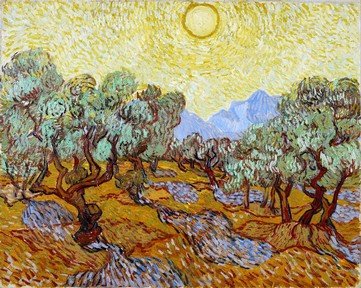Quiz Answer Key and Fun Facts
1. This standing male figure represented in standard pose, though with realistically rendered proportions, was the mainstay of Archaic Greek sculpture. By what name is such a figure known?
2. In classical Greek sculpture, nudity was a prerogative of gods and heroes. This stunning bronze statue, with its perfect proportions and breathtaking attention to detail, is said to represent which powerful god in the act of throwing one of his signature weapons?
3. Roman sculpture drew heavily upon its Greek counterpart, and many famous statues dating from Roman times are in fact copies of earlier Greek ones. This imposing depiction of Heracles, known as Hercules Farnese, was a copy made for the monumental baths (whose ruins still survive in Rome) built for which Roman emperor?
4. For most of the medieval period, the use of nude figures was discouraged, being associated with paganism and thought to undermine spiritual values. Depictions of the naked (or minimally clothed) human body, however, came back with a vengeance in the Renaissance. Which great early 15th-century artist painted this celebrated fresco, part of a larger cycle, and representing "The Expulsion from the Garden of Eden"?
5. With its painstaking attention to detail and obvious love of classical art, Andrea Mantegna is undoubtedly one of the most distinctive Renaissance painters. His study of the human body is exemplified by this stately yet elaborate painting, one of the three he made to depict the martyrdom of which saint?
6. Another image of Adam and Eve, this intricately detailed copper engraving was made by a great artist from Germany, who also wrote several books about the ideal proportions of the human body. Also known for his magnificent portraits and woodcuts, who is this Renaissance master?
7. The striking "Moses Defending the Daughters of Jethro" by Rosso Fiorentino exemplifies the radically different approach to the depiction of the human body typical of which 16th-century artistic style - often seen as a reaction to the idealized naturalism of the High Renaissance?
8. The biblical character of David seems to have been the ideal medium for artists to explore the male form. Which seminal Baroque sculptor and architect captured the future king of Israel in the act of throwing the stone that would bring Goliath down?
9. Venetian sculptor Antonio Canova is one of the most representative figures of the Neoclassical period. This magnificent marble statue, inspired by classical ideals of aesthetic perfection, represents which Greek hero?
10. This impressive, life-size bronze statue - aptly titled "The Bronze Age" - dates from the late 19th century. Which great French artist, considered the father of modern sculpture, and known for masterpieces such as "The Kiss" and "The Thinker", created it?
Source: Author
LadyNym
This quiz was reviewed by FunTrivia editor
looney_tunes before going online.
Any errors found in FunTrivia content are routinely corrected through our feedback system.
